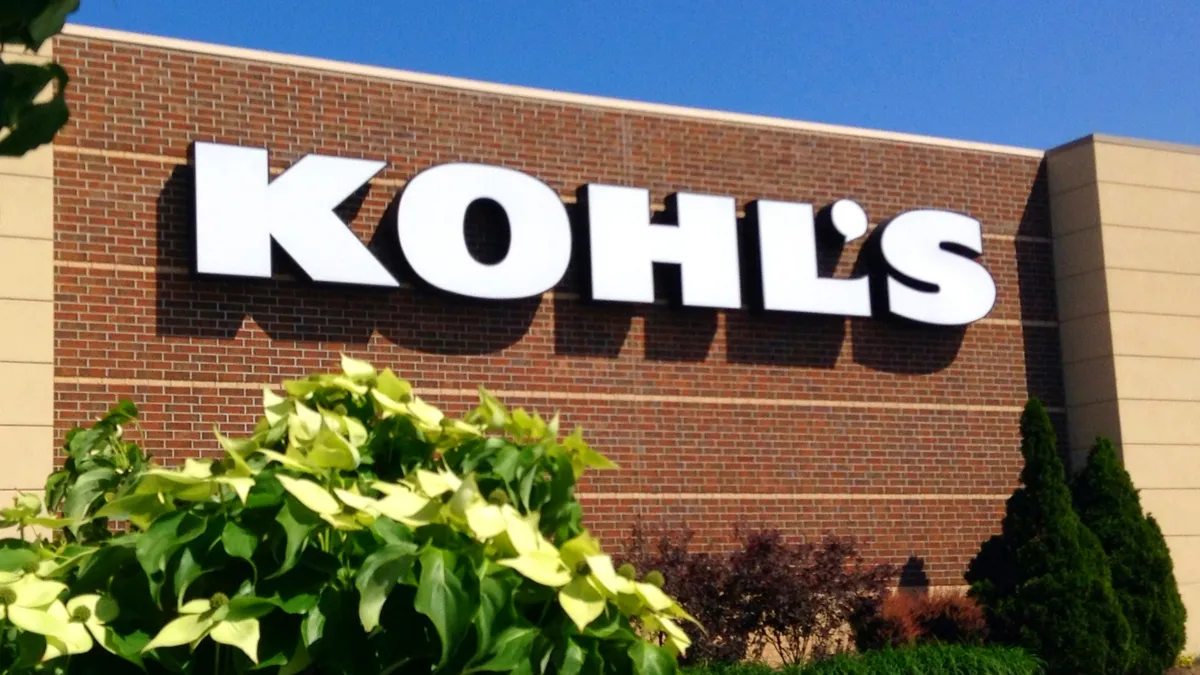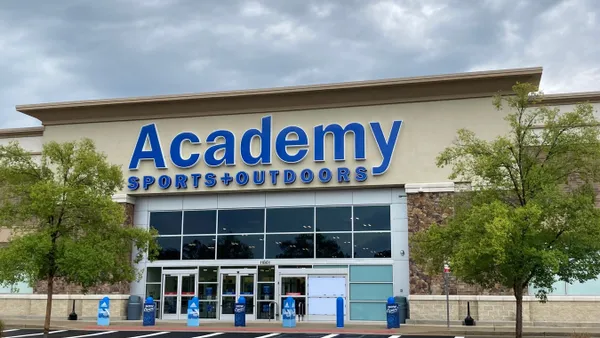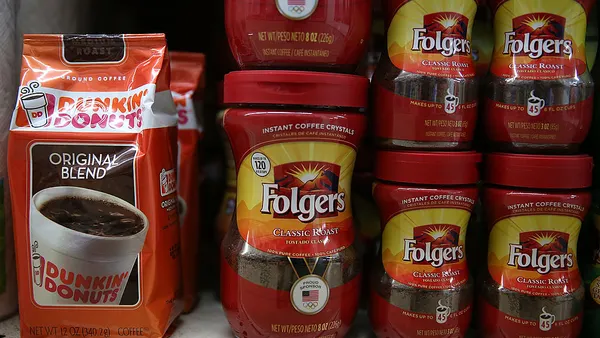Dive Brief:
- Apple wants to buy cobalt directly from miners as the competition for the metal heats up, according to a Bloomberg report.
- Cobalt is a necessary metal for Apple's iPhone batteries, but it's also critical for electric vehicle (EV) batteries.
- As the EV market accelerates, the metal is in high demand, prompting Apple to seek secure procurement and a more reliable supplier relationship.
Dive Insight:
The decision by Apple to go right to the source of a critical item is laudable. They are able to use their leverage and clout to deal directly with the source of a very critical item, eliminating intermediate suppliers who may not have Apple’s best interests at heart.
Direct control of an essential raw material lowers cost, reduces risk, allows for direct communication with the provider and also permits Apple to shine the light on an area of the supply chain that is truly underground.
Dependence on intermediates like brokers, dealers, distributors and manufacturers representatives not only increase cost but muddy communications and extend deliveries.
Companies with leverage look to streamline supply chain relationships by going as close to the original source as possible. More and more companies at the source, be it cobalt miners or widget manufacturers, are dealing directly with customers rather than through traditional intermediaries.
Many distribution channels were established in another era, one that predated cost effective telecommunications and interstate highways.
Regional distributors were established to service local markets with "local" telephone calls and weekly or daily visits of the salesperson. Local inventory supported local customers, but at a cost. Some distributor mark-ups exceeded 25% or 30% of sales. It was the cost of doing business, and that mark-up was passed on the next customer.
This accepted model of business persisted, perpetuated by the manufactures who used batch-manufacturing processes pushing out goods to distributors. Some of the profitable distributor / manufacturer relationships went back generations. Everyone won, except the customer.
Fast-forward to small lot manufacturing aligned with customer demand, ubiquitous overnight shipping, and a push to reduce costs and streamline supply chain relationships. In many cases the traditional manufacturer / distributor model is coming to an end, a victim of technology, lean practices, end-to end supply chain visibility and the pressures of a global economy.
Often working in a small lot but high mix supply chain, I depended on distributors to hold inventory for frequent but small deliveries to support a just-in-time manufacturing process. But I far too often saw the distributor act as a sales agent and not a stocking location.
Once I discovered that a manufacturer was drop shipping directly to me on orders placed with the distributor, I realized that I was paying 25% or more for the privilege of placing an order with an unengaged third party.
Of course there were distributors and third party suppliers who provided excellent value. But even if they did, I was sure to have a strong relationship with their principal as well to ensure aggressive pricing support and technical support.
All companies have complicated supply chains with critical components and services sprinkled throughout. Identifying and taking control of those critical items makes financial and logistics sense, be it in a cobalt mine, a chicken farm or a steel plant.
When the big guys clear the way for these kinds of direct relationships, it entices smaller guys to take similar positive action as well.













